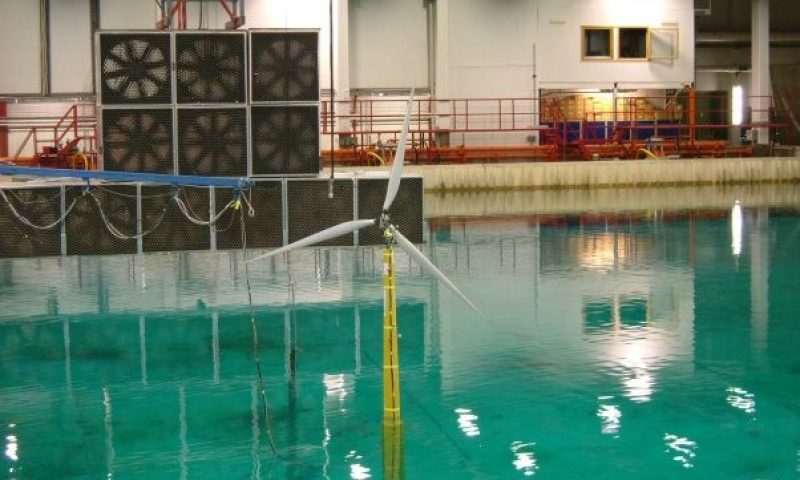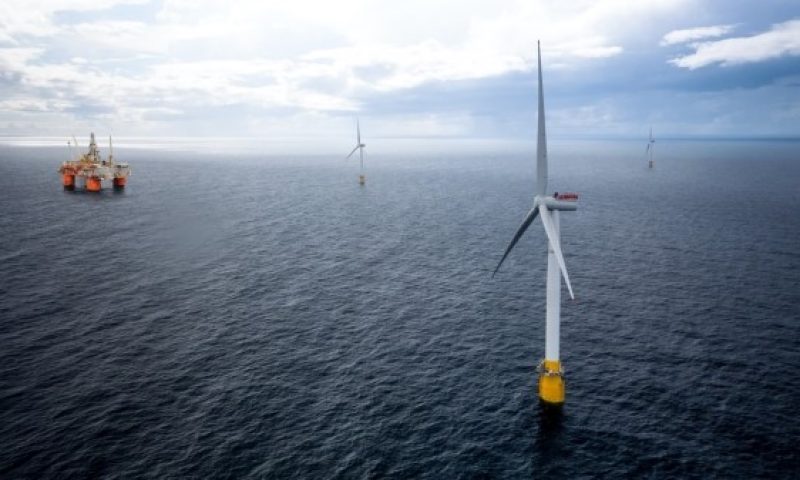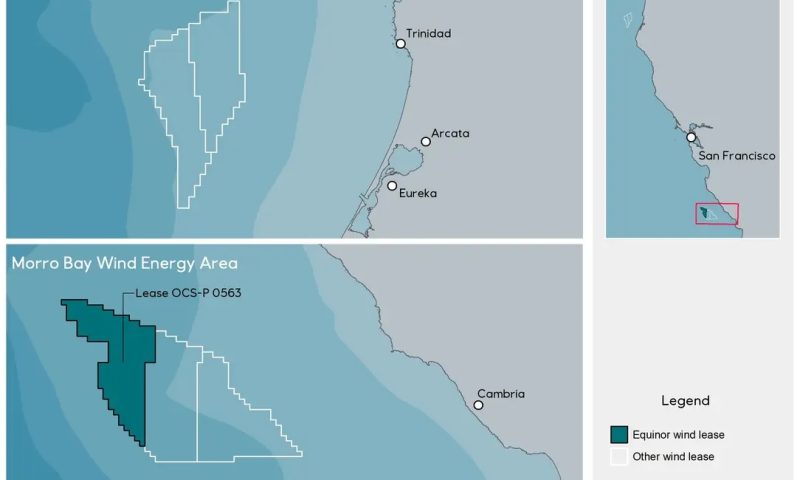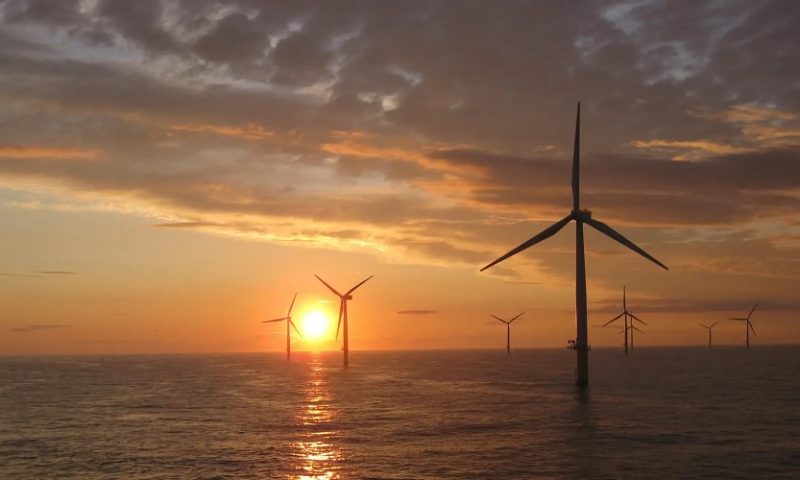
Equinor and SINTEF Enter Into a Strategic Collaboration Agreement
Equinor and SINTEF have agreed on a strategic collaboration in four key areas. The areas are offshore wind, marine systems, energy systems and modelling studies related to these areas.
SINTEF is Equinor’s biggest partner in the fields of research and technology development. Now, for the first time, the companies have entered into a strategic collaboration agreement. The purpose of the agreement is to facilitate the exchange and development of ideas and radical solutions between the two partners. The companies will collaborate on projects that can provide good value creation and help Equinor’s transition into becoming a broad energy company.
“Equinor and SINTEF have a long history together, but we must continue to look ahead. With this agreement, we can quickly achieve results in areas that are important for the energy transition”, says Sophie Hildebrand, Senior Vice President of Research and Technology at Equinor.
One of the areas of collaboration is already well underway: offshore wind – particularly floating wind. Equinor has already built the world’s first floating wind farm, Hywind Scotland, and is in the process of building Norway’s first floating farm, Hywind Tampen. The offshore wind collaboration between Equinor and SINTEF dates back to the first test of the Hywind technology in SINTEF’s Ocean Basin Laboratory, in 2005. Looking forward, it will enable the development of technology that will make future projects cheaper, more efficient and more predictable. Among other things, the two partners will look at anchoring systems for the turbines, maintenance, control systems and grid connection.
In addition to improving the Hywind concept, the two partners will also examine other concepts for floating wind.
“This agreement is about more than just a collaboration within Norway’s borders. It is about strengthening our global position in areas where Norway has a strong natural and technological advantage. Norway is an energy and maritime nation and could become one of the biggest players within sustainable energy from the ocean”, says Alexandra Bech Gjørv, President and CEO of SINTEF.
In addition to offshore wind, the other collaboration areas are:
- Marine systems, which encompasses the challenges related to marine structures, anchoring, risers and underwater pipelines, underwater technology, underwater robotics, safety and the environment.
- Energy systems in connection with the development of renewable energy, including storage methods for renewable energy.
- Modelling, i.e. all sort of modelling studies related to the three other topics
The duration of the agreement is four years, and it can be prolonged for another four years.














